1. These aren't just papers that were published in 2020. They are papers that were added to my library in 2020. Some are a little older — some are a lot older. All are interesting or exciting to me in some way.
Hey #optics and #photonics twitter
It's time again for the 2nd annual #top10photonics thread, where I compile my own #top10 best photonics papers list of the year!
See here for last year's thread:
https://t.co/6h82mPAn3w
A thread 👇
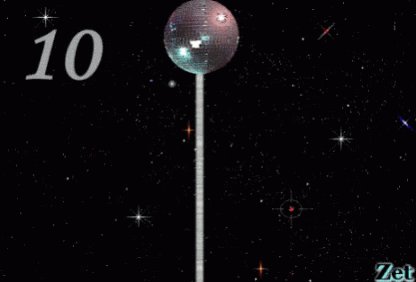
Hey #optics and #photonics twitter
— Orad Reshef (@Orad) December 29, 2019
It's the time of year where we are inundated in end-of-year top10 lists... but how many of those lists are made for _US_ and our community?
So I decided to compile my own #top10 best photonics papers list for 2019
A #top10photonics thread \U0001f447
1. These aren't just papers that were published in 2020. They are papers that were added to my library in 2020. Some are a little older — some are a lot older. All are interesting or exciting to me in some way.
https://t.co/zMB3vAV02S
Now, on to the main event!

Phys. Today 68, 44 (2015)
I found this one on twitter. It's a transcription of a round-table discussion about the future of the laser between the all-time greats (Townes, etc) that happened in 1972!
https://t.co/oJ26qE6gzv
Today is #IDL2020. Back in 2015, Physics Today published a 1972 roundtable discusion on the future of Lasers. To see how much Bloembergen, Prokhorov, Porto, Townes, Javan, Stoicheff, Jacquinot, Kidder, Schawlow, and Hall got right, click on the link.https://t.co/NsBonmmCIR
— Physics Today (@PhysicsToday) May 16, 2020
It's not *sexy*, but it's important: a rigorous treatment from @FMResearchGroup on the bandwidth limitations of metasurfaces.
This is a wonderful (scalable!) new type of optical computation! Love to see it
T. Frank et al. Discriminating between Coherent and Incoherent Light with Planar Metamaterials. Nano Lett. 2019, 19, 10, 6869
https://t.co/JPP9SvDNmY
Savo, R. et al. Broadband Mie driven random quasi-phase-matching. Nat. Photonics 14, 740–747 (2020) by @romolo_savo and @rachel_grange of the @ONG_ETH group:
https://t.co/yfVre3Xxm5
https://t.co/PSDZ83x5pL
Simple idea with a powerful application. And a clever name! This is the type of measurement method that may become a standard in the field. As expected from the @KatsGroup!
Reminds me of z-scan in its simplicity.

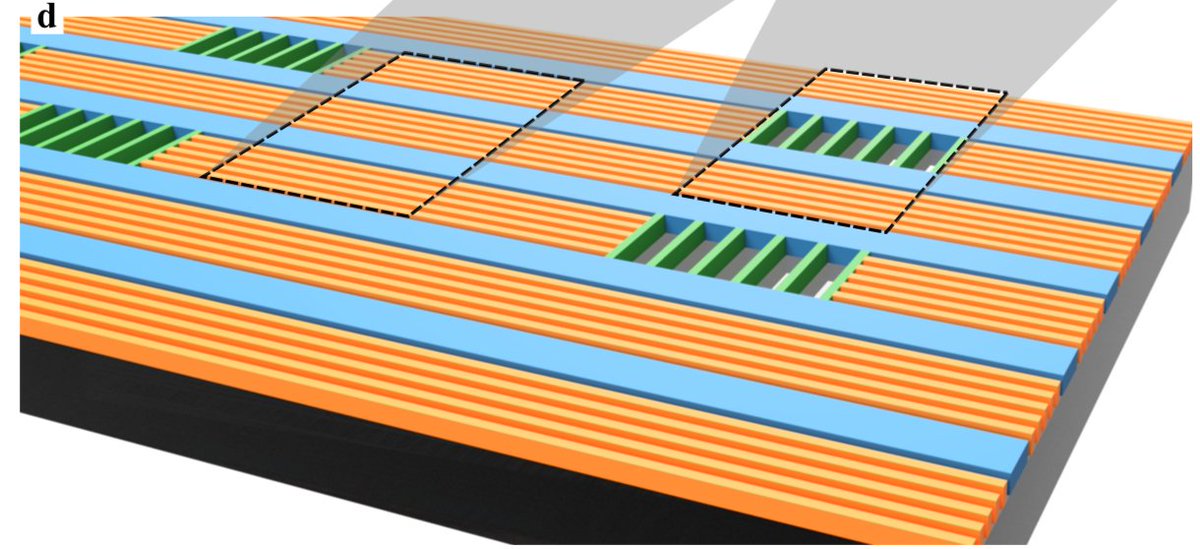
https://t.co/aOxujIx1aH, which was a clever idea that imho didn't get enough attention. Perhaps this publication will push the idea over the edge.
The proposal is to use a substrate with its own built-in angularly-selective fluorescence to convert any microscope into a dark field microscope. Incredibly simple, and the images are super convincing:
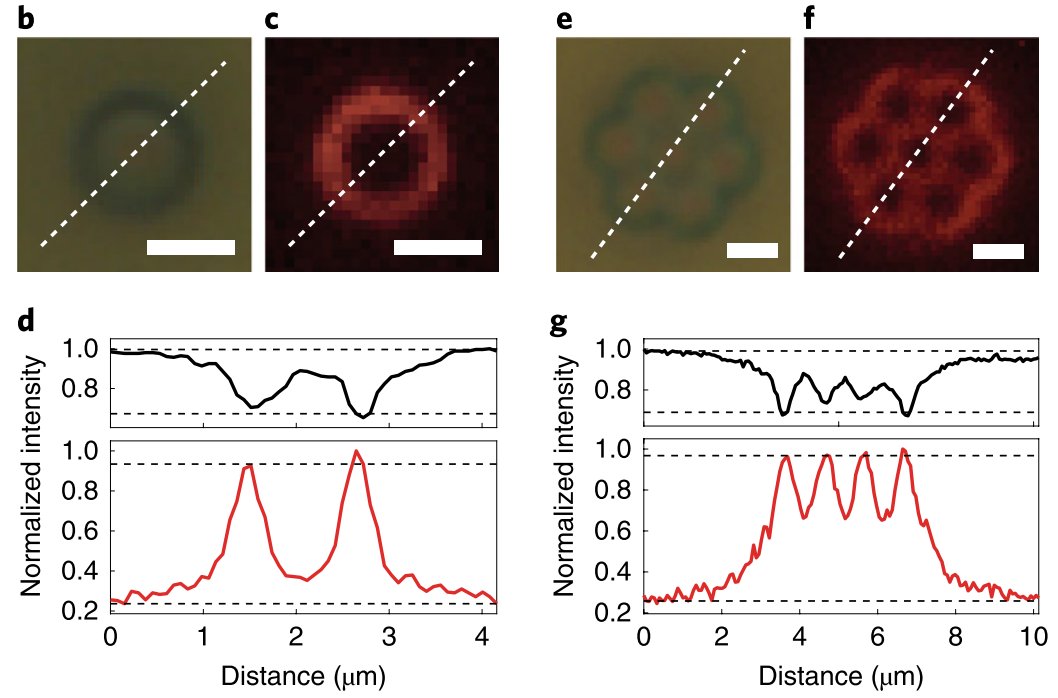
https://t.co/yxaCwEosE8
From my metamaterials-perspective, BICs dominated the year, with notably excellent work from Yuri Kivshar's team and collaborators.
Here I'm choosing to highlight the paper with the highest Q-factor yet, Q~20,000:

Liu, Z. et al. High-Q Quasibound States in the Continuum for Nonlinear Metasurfaces. Phys. Rev. Lett. 123, 253901 (2019):https://t.co/sAbIh7zf0v
https://t.co/goMIT58BIK
*SEVEN* octaves? I mean, come on, that range is absolutely bananas, from 340 nm to 40,000 nm~!!
And it's CEP stable? I can't even fathom.

H.-S. Zhong et al, Quantum computational advantage using photons. Science 370, 1460 (2020)
What a landmark paper.
https://t.co/t77d5hsFb8
More from Twitter
Here are some highlights in chronological order and what you can learn from the process:
1/ August 5 2020: Janel digs into '50+ newsletters' (note the number to build credibility) and creates a thread to discuss the lessons learnt. She also mentions that this is for a side project, which raises awareness of something she may be working
Just subscribed to 50+ newsletters in the past hour
— Janel (@JanelSGM) August 4, 2020
(for a side project)
Here are some lessons I've learned
Thread \U0001f447
2/ August 5 2020 (cont): Each tweet in the thread is focused on a key message, with clear pointers for newsletter writers to
1/ Clear Value Proposition
— Janel (@JanelSGM) August 4, 2020
Do you articulate clearly the following?
- What content you write about
- Who your newsletter is for
- How your audience will benefit from your newsletter?
3/ September 1 2020: Janel tweeted about #buildinginpublic (note the hashtag) with @pabloheredia24 for @makerpad's challenge. While the project is https://t.co/tMb1qCnxVY and not NewsletterOS, Janel is getting in the reps on how to build in
4/ October 18 2020: Janel hints at building her new product using @NotionHQ and @gumroad. But instead of telling the audience directly what the product is, she invites her audience to take a guess.
I've been launching a product a month, with the aim of launching 12 in 12 months (w/ @LaunchMBA)
— Janel (@JanelSGM) October 18, 2020
This month, I'll be launching an actionable info product.
Core Tools: @NotionHQ @gumroad
Want to guess what I'll launch?
Free copy for the first person who guesses right.
Here they are, in chronological order, w highlights from @nikitabier, @BrianNorgard, @rsg, @Mazzeo, @prestonattebery, + many more
(sry for weird twtr cropping + threading)
literally have a folder of dozens of my fav screenshotted tweets on consumer social product stuff...and @nikitabier is well represented
— Adam O'Kane \U0001f4ad (@adamokane) February 13, 2021
h/t @Mazzeo
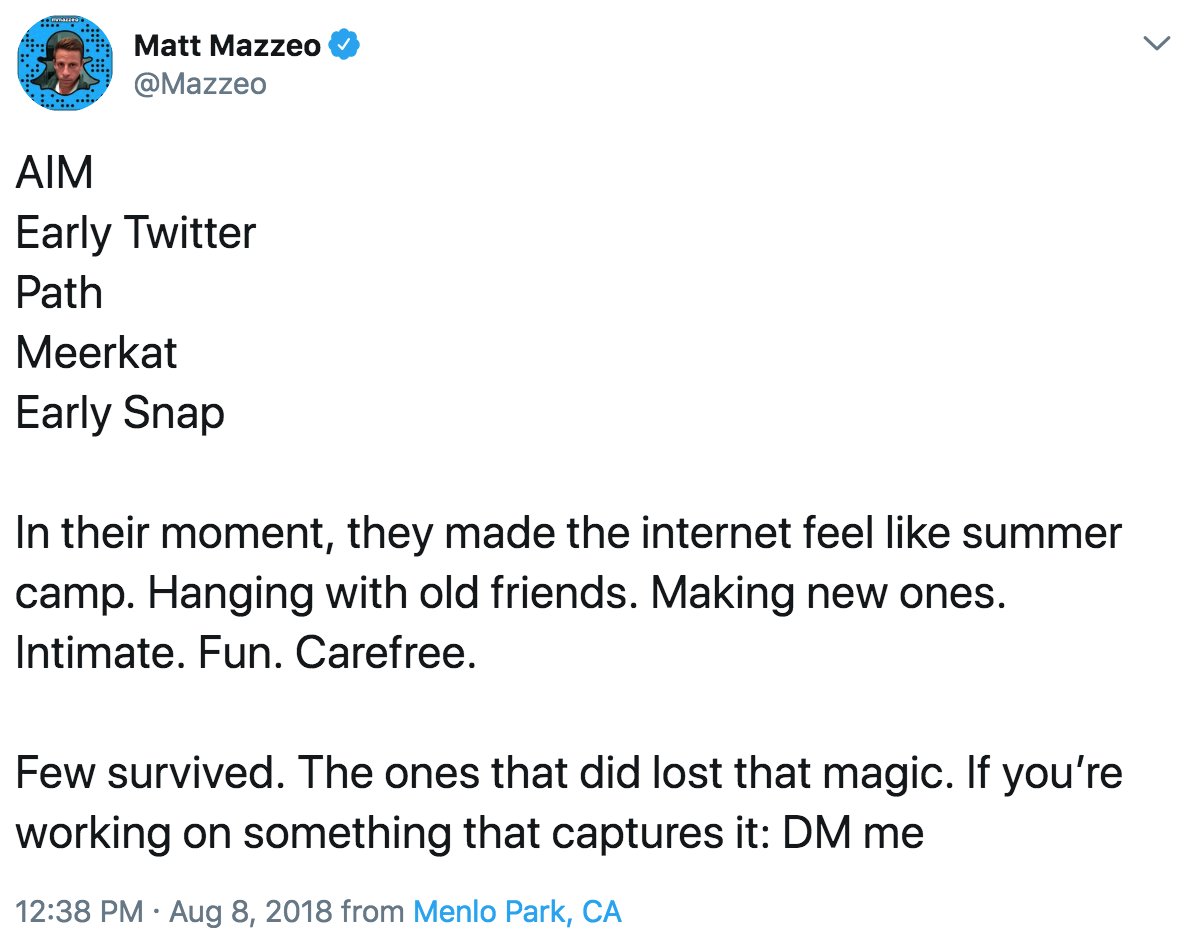
h/t @Mazzeo
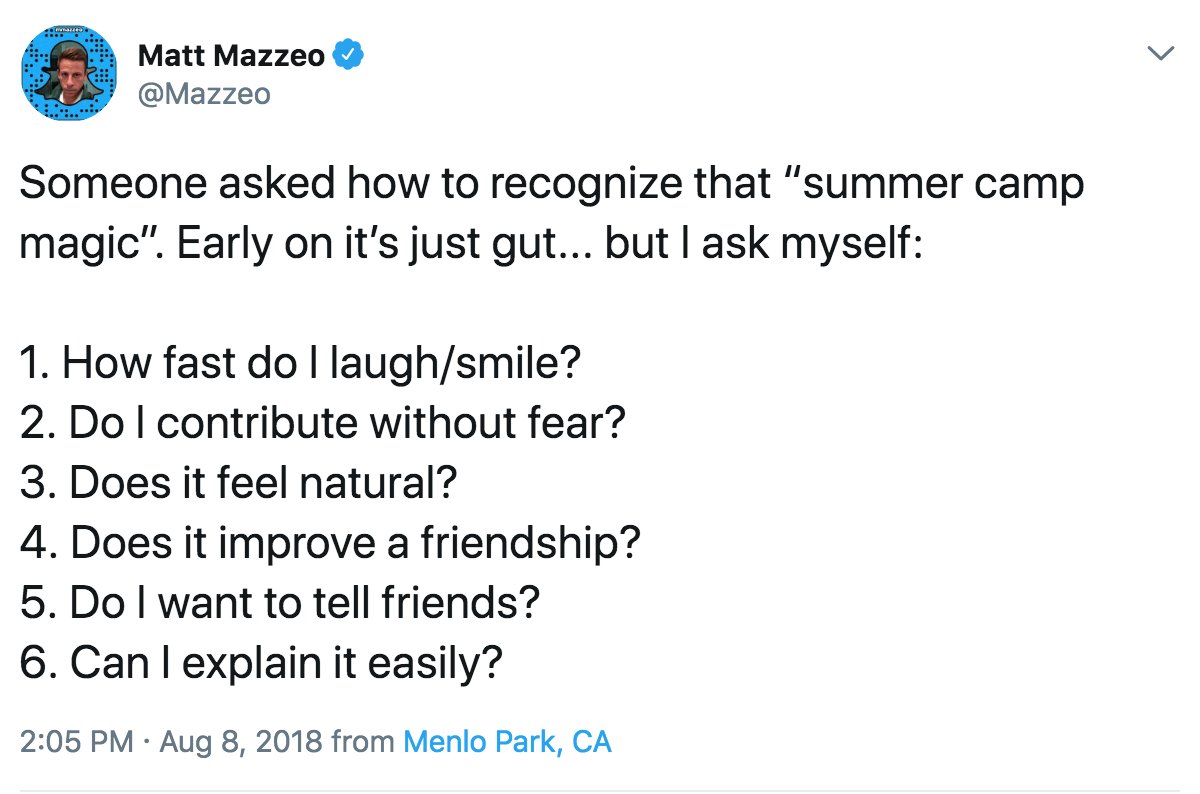
h/t @Mazzeo
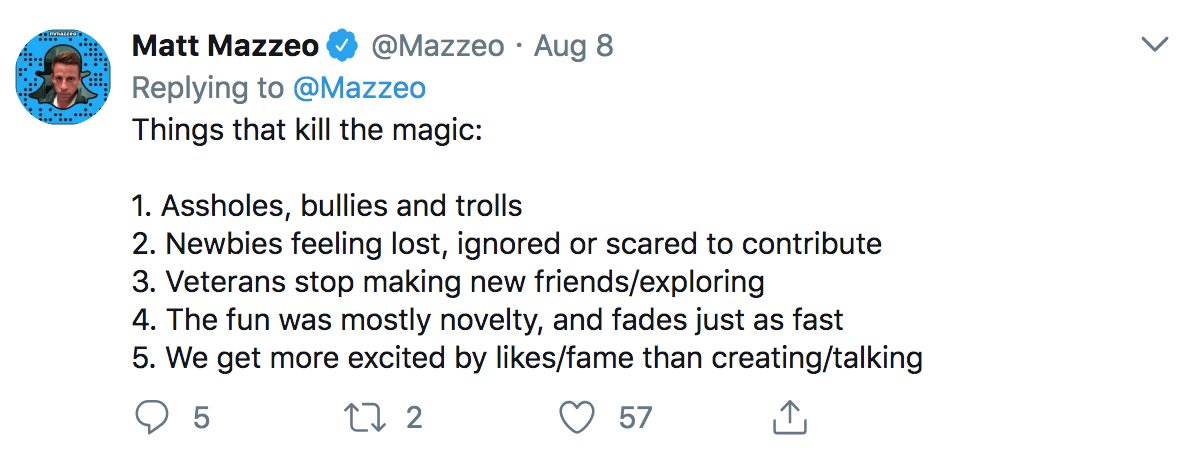
h/t @Mazzeo

You May Also Like
Five billionaires share their top lessons on startups, life and entrepreneurship (1/10)
I interviewed 5 billionaires this week
— GREG ISENBERG (@gregisenberg) January 23, 2021
I asked them to share their lessons learned on startups, life and entrepreneurship:
Here's what they told me:
10 competitive advantages that will trump talent (2/10)
To outperform, you need serious competitive advantages.
— Sahil Bloom (@SahilBloom) March 20, 2021
But contrary to what you have been told, most of them don't require talent.
10 competitive advantages that you can start developing today:
Some harsh truths you probably don’t want to hear (3/10)
I\u2019ve gotten a lot of bad advice in my career and I see even more of it here on Twitter.
— Nick Huber (@sweatystartup) January 3, 2021
Time for a stiff drink and some truth you probably dont want to hear.
\U0001f447\U0001f447
10 significant lies you’re told about the world (4/10)
THREAD: 10 significant lies you're told about the world.
— Julian Shapiro (@Julian) January 9, 2021
On startups, writing, and your career:




















